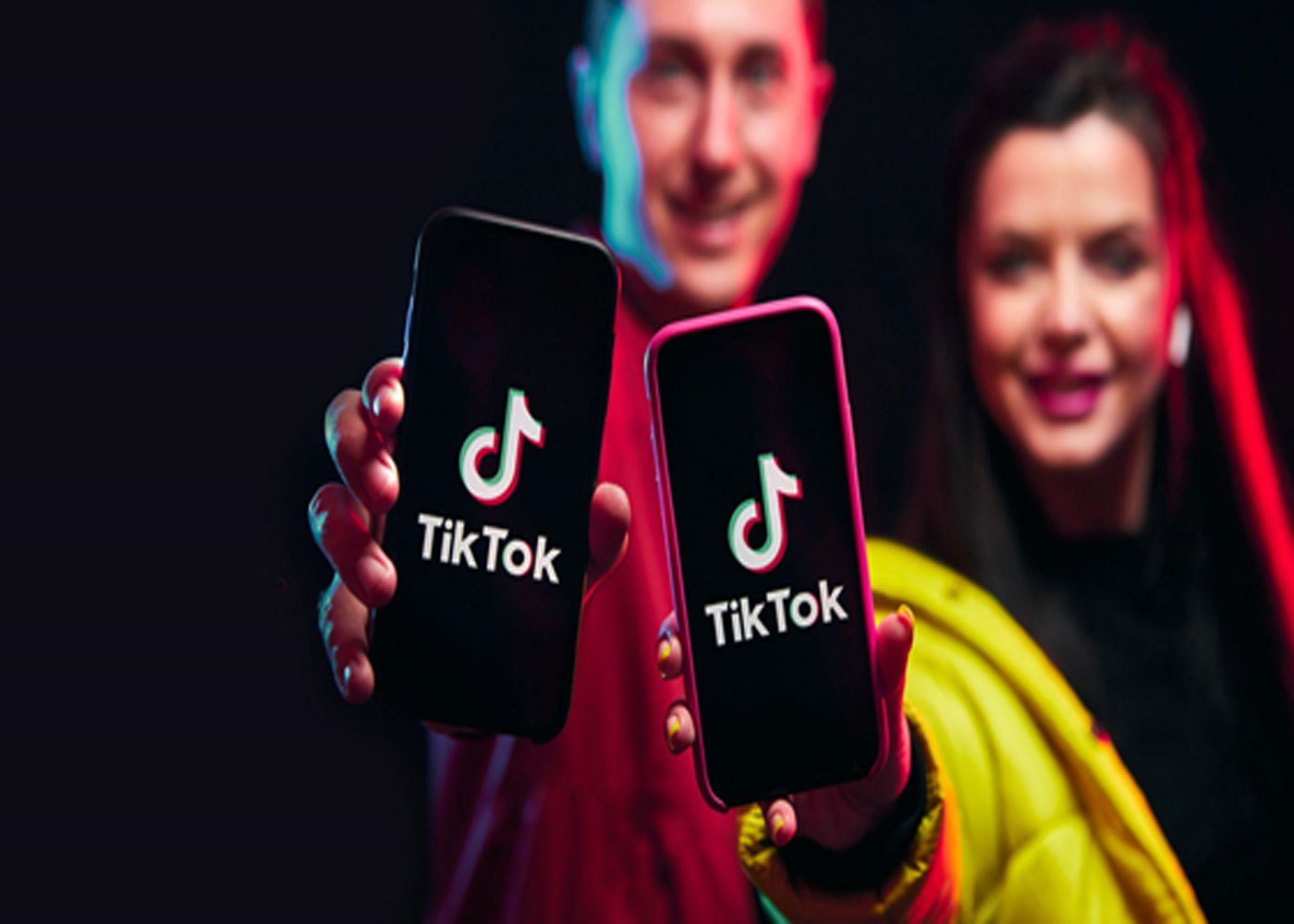
Images play a vital part in the current digital sphere, as they keep audiences engaged and improve online presence. Properly optimized images increase users’ engagement, maintain high quality, and hasten loading times for blogs, websites, and social media posts.
As such, converting images for social media and web use needs users to carefully consider accessibility, compression methods, file dimensions, and format requirements. This article explores the best practices to be followed to ensure users’ images remain visually appealing and web-friendly.
1. Select the Correct File/Image Format
Each image format has distinct uses. As a result, users, including designers, web developers, bloggers, and marketers, can choose the correct image or file format for their specific uses. In case your file format is not supported, you can convert it to any of the most compatible or widely supported formats such as PNG or JPEG using online conversion tools.
Try Convertjack, one of the most efficient online conversion tools. It allows users to convert and save their files in three simple steps. The file conversion process ensures visual appeal, sharpness, or clarity. Users can also correctly optimize their file format, ensuring web performance and image quality.
However, when choosing an image format, consider its specific use by following the below guidelines:
SVG is ideal for creating vector graphics, logos, and icons because it can be scaled without experiencing compression artifacts or losing quality.
GIFs are perfect for producing animated objects or animations, although users prefer MP4 videos or WebP due to their efficiency.
WebP is the current file/image format mainly used for social media and websites because of its efficient compression that preserves image quality at a significantly reduced file size.
PNG is suitable for graphics and logos with sharp edges and must be transparent, although its files/images are larger.
JPG/JPEG is ideal for creating images and photographs with gradients because it uses efficient compression to reduce file sizes significantly.
2. Optimize Image Dimensions and Size
Every social media platform has its stipulated image dimension and size requirements. User must correctly optimize their images to ensure their visual appeal, faster loading times, and sharp look. Follow the below-recommended size standards to optimize your images for the major social media platforms:
YouTube thumbnails should be approximately 1280*720 pixels.
Pinterest (Pins) needs to be 1000*1500 pixels.
LinkedIn’s profile pictures should measure 300*300 pixels, while posts are 1200*627 pixels.
Twitter (X) profile pics should be 400*400 pixels, whereas shared images must be 1600*900 pixels.
Instagram stories and posts should be 1080*1920 pixels and 1080*1080 pixels, respectively.
Facebook profile pictures and shared images must be 180*180 pixels and 1200*630 pixels.
Web designers and developers can optimize web performance using a Content Delivery Network (CDN). Responsive web design principles and displays should also be considered for websites.
3. Efficiently Compress Images and Preserve Quality
Small image files decrease loading times and enhance website performance, positively affecting SEO rankings and user experience. Some useful file compression tools are:
Adobe Photoshop has innovative optimization fallback options when saving an image for website or social media platform use.
ImageOptim is an Operating System tool for Mac devices that reduces image dimensions while retaining quality and clarity.
Squoosh is a web browser-founded compression tool for adjusting file size and image quality.
TinyPNG/TinyJPG is ideal for PNG and JPG image compression as it minimizes noticeable quality loss.
4. Apply Alt Text and Suitable Naming Conventions
To enhance accessibility and Search Engine Optimization (SEO), users must avoid using generic file names such as IMG_2245.jpg and adopt descriptive or meaningful file names like sunshine-beach-resort.jpg.
On the other hand, users should often incorporate alternative text (alt text) when using images. Such inclusions enhance the ease of accessing social media images for those with visual impairments and aid search engines in understanding the image contents.
5. Use Responsive Images Based on the Device
Different devices are used to access various social media content. Users must ensure that their images acclimate to the varying screen sizes. Learn and practice to:
Leverage responsive and efficient design frameworks such as Bootstrapping when handling image scaling.
Unlike images, use HTML elements when serving depending on device resolution levels.
Use CSS media queries when adjusting image dimensions dynamically.
6. Retain Image Quality During Resizing
Improper image resizing can result in distortions or pixelation. Users must use the correct image editing tools or online programs such as Canva, GIMP, or Adobe Photoshop to ensure quality preservation when adjusting size/dimensions.
7. Adopt Lazy Loading Technique for Web Images
Currently, most social media platforms natively support lazy loading, which ensures images used to load only load whenever they appear and are accessible in the viewport. This technique reduces preliminary page loading times and enhances website performance or speed.
8. Test Your Social Media and Website Images Prior to Uploading
While images improve a website's visual appeal, users must test them before the final upload. Test your images for:
Search Engine Optimization (SEO) performance and ranking using online and offline auditing programs such as Lighthouse.
Loading speed on social media platforms and websites using programs such as Google PageSpeed Insights.
Quality in various devices, including mobile, tablets, and desktops.
Conclusion
Social media and website images should be optimized to balance performance and quality. The correct file/image format, proper resizing, efficient compression techniques, and ease of accessibility help users maximize engagement and improve content consumers' experiences. Thus, social media users, website owners, designers, and developers must regularly update their image optimization methods based on technological developments to ensure their images or content remain user-friendly and visually appealing.




















Comments (2)
smmworldpanel
Sep 09, 2025
Great breakdown of current market trends. panel smm
wolla1
Mar 09, 2025
Yes, i used it before. And want to share how to convert YouTube video to MP3. If you need to download music from YouTube quickly and without unnecessary actions, try https://getmp3.one. The service works right in your browser, requires no software installation and instantly converts videos to MP3. Just paste the link, choose the quality and download the finished file. A convenient and fast way to save your favorite tracks and podcasts for offline listening!
Write a Comment